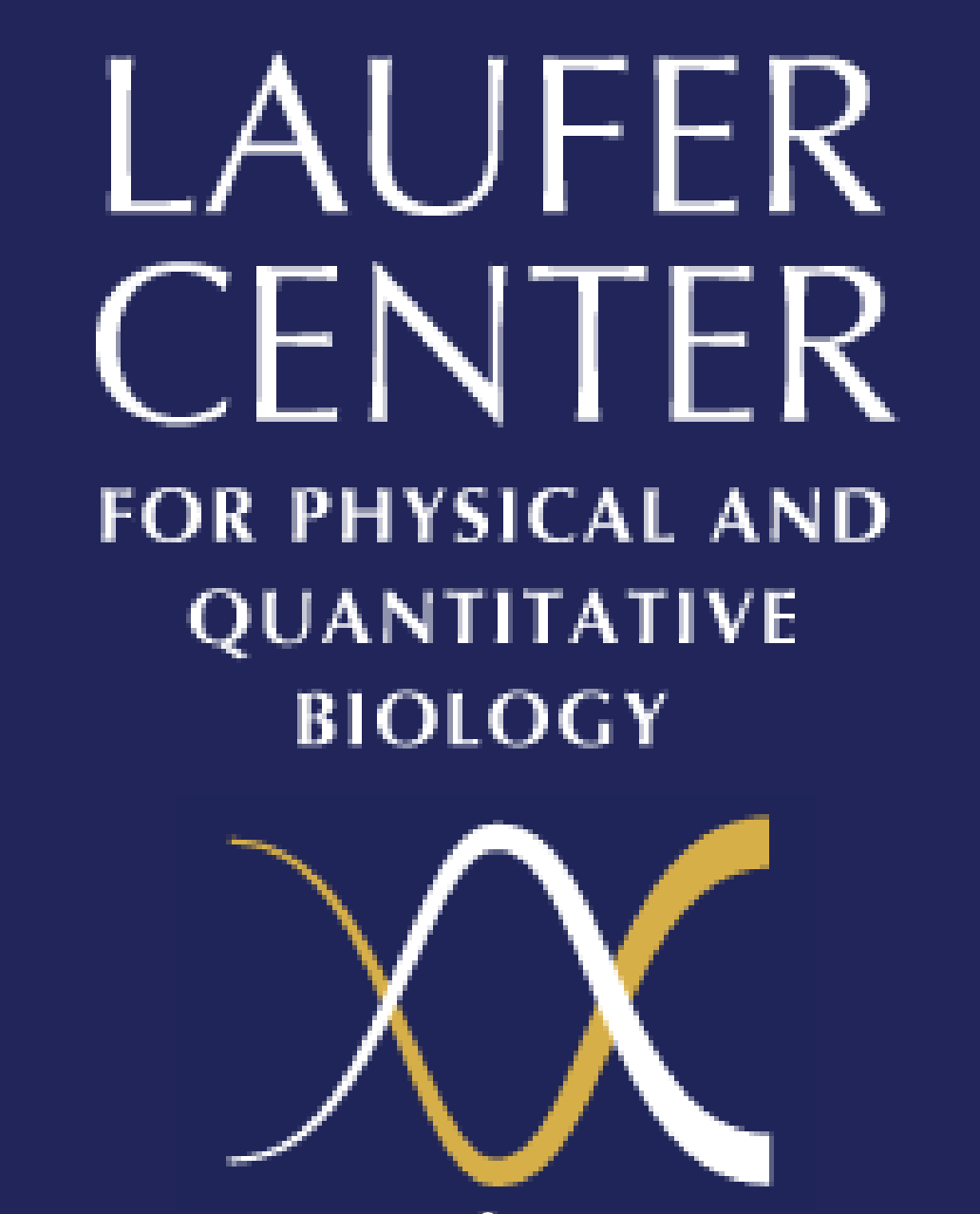Events Calendar
Principal Investigator
Center for Computational Biology
UC Berkeley
Evolution of transcriptional activation domains
Transcription factors activate gene expression in development, homeostasis, and disease by binding to DNA and recruiting coactivator complexes. Transcription factor DNA binding domains are conserved and structured, features that power statistical models for predicting them directly from amino acid sequence. Activation domains - the transcription factor regions that bind coactivators - are poorly conserved, intrinsically disordered, and remain difficult to predict from amino acid sequence.
To study the amino acid features that contribute to activation domain activity, we have developed high-throughput assays in yeast and human cell culture. Using rationally designed mutants, we have found that the function of strong acidic activation domains requires a balance between acidic residues and aromatic and leucine residues. This balance powers a simple and accurate predictor of activation domains. Our data support an Acidic Exposure Model, where the hydrophobic residues make critical contacts with coactivators but where acidic residues are necessary for keeping the hydrophobic residues solvated.
To test the Acidic Exposure Model and probe transcription factor evolution, we surveyed 502 orthologs of the yeast transcription factor Gcn4 for activation domain activity in Saccharomyces cerevisiae. Each protein contains at least one activation domain, but the locations and strengths of these activation domains vary considerably. We see evidence that aromatic and leucine residues turn over and that acidic residues interchange. Our data support a highly flexible sequence grammar for acidic activation domains. These regions are physically flexible, engage in fuzzy binding, and are evolutionarily flexible. We propose that this physical flexibility is responsible for the evolutionary success of acidic activation domains in eukaryotes
Host: Ken Dill
Refreshments following the seminar in room 110






